In the ever-evolving landscape of interior design, the industrial aesthetic has emerged as a captivating and versatile trend. Rooted in the industrial revolution, this design style blends form and function, showcasing exposed materials and utilitarian furnishings.
In the last few years, we have seen that industrial interior design has found its way into homes across Pakistan, offering a unique way to reimagine living spaces. By embracing the interplay of metal, wood, exposed bricks, and concrete, homeowners can transform their homes into unique living spaces.
From repurposing local materials to curating a balance between different elements, here are some ideas for creating an industrial interior design for your home.
Earthy and Natural Color Palette
Industrial interior design typically features a specific color palette that reflects the functional nature of industrial spaces. Common color ideas for industrial interior design include earthy and neutral tones. Colors like shades of gray, white, beige, and black form the foundation of industrial design.
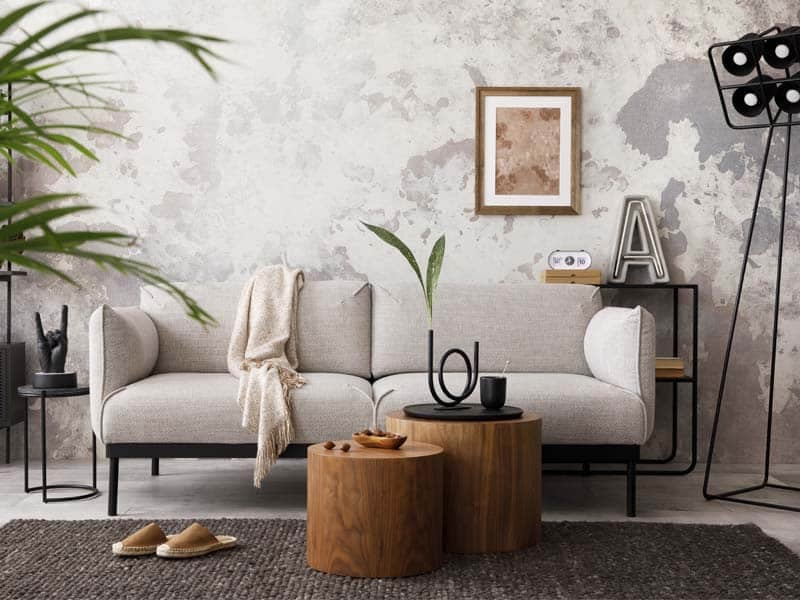
These colors mimic the materials often found in industrial spaces, such as concrete, steel, and brick. Warm earthy tones like browns, rusty oranges, and deep reds can add warmth and a touch of vintage charm to industrial spaces. Incorporating metallic colors like silver, copper, and brushed nickel can enhance the industrial feel by mimicking the look of metal machinery and fixtures. Colors that mimic aged and distressed surfaces, such as weathered wood or worn-out metal, can add authenticity to the industrial aesthetic.
Deep, rich colors like dark blues, charcoals, and deep greens can be used sparingly as accent colors to add depth and contrast to the space. You can mix these colors in a way that complements the existing architecture, furnishings, and overall design vision in order to achieve a cohesive industrial look.
Use Exposed Materials
A really common industrial interior design idea is to use a mix of materials that evoke a raw, utilitarian, and urban aesthetic. You can use exposed brick walls, which are a distinctive feature of industrial design. They add texture, warmth, and character to the space.
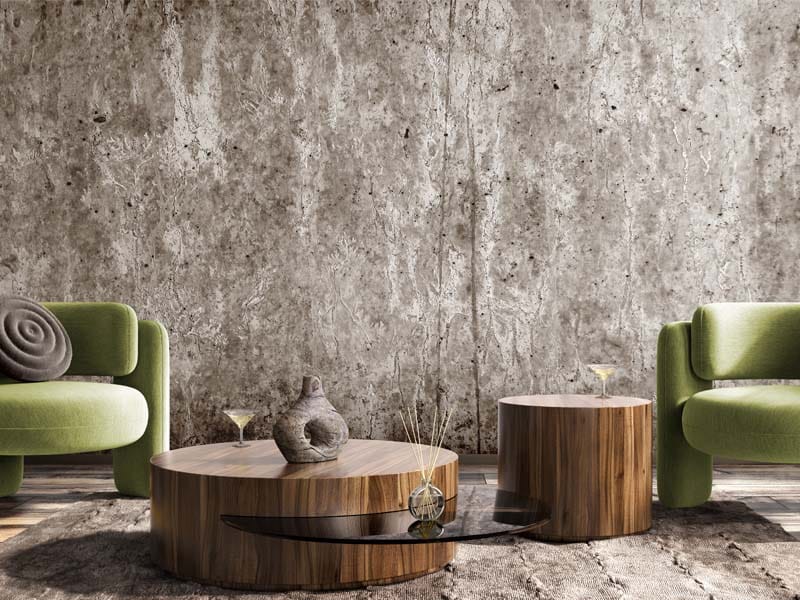
Industrial spaces often feature various metals such as steel, iron, and aluminum. You can incorporate metal beams, pipes, light fixtures, and furniture pieces for an authentic industrial feel. Reclaimed or weathered wood adds warmth and contrast to the coolness of concrete and metal. Large windows and glass partitions can help create an open and airy feeling, while also allowing natural light to flow into the space.
Exposed ducts, ventilation systems, and pipes contribute to the industrial vibe and highlight the infrastructure of the house. Stone elements, like stone veneers or accent walls, can further enhance the industrial aesthetic. Used both as structural elements and decorative accents, concrete blocks can add an interesting textural element to the design. The key to successful industrial interior design is the careful combination and balance of these materials.
The goal is to create a cohesive and visually appealing space that captures the essence of industrialism while maintaining functionality and comfort in the house.
Durable and Functional Flooring
Flooring plays a crucial role in industrial interior design, contributing to both the aesthetic and functional aspects of the space. Concrete is a popular industrial interior design idea for flooring.
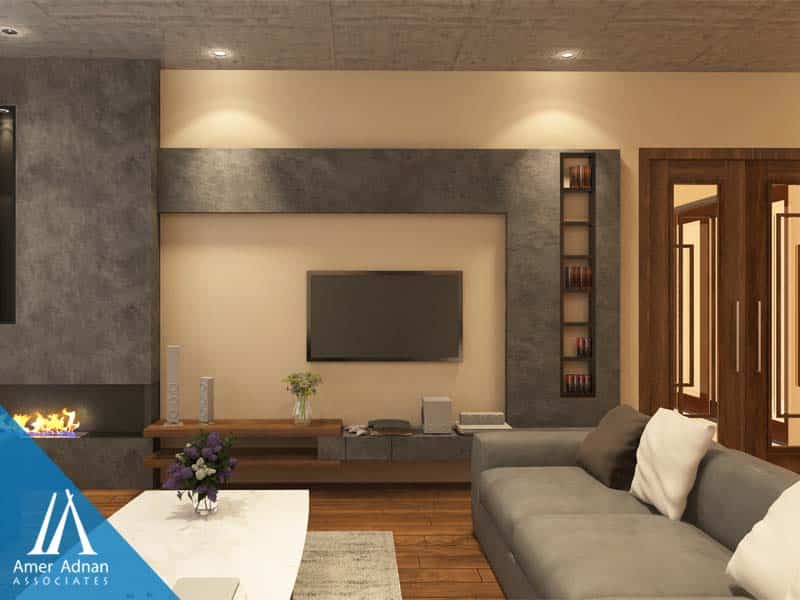
It provides an authentic, raw, and utilitarian look. It’s durable, easy to clean, and can be polished, stained, or textured for added visual interest. Epoxy coatings are often applied over concrete floors to create a seamless, glossy, and durable surface. Epoxy floors can also be customized with different colors, patterns, and textures.
For a warmer touch, reclaimed wood flooring can be used in specific areas. The contrast between the wood and other industrial elements can create a visually appealing and balanced design. When selecting flooring for an industrial interior, it’s important to consider the overall design concept, the functional needs of the space, and the level of maintenance required. Additionally, combining different flooring materials in various zones can help create visual interest and define different areas within the larger industrial setting.
Add Rustic Furniture
Furniture made from metal, such as steel, iron, and aluminum, is an important feature of industrial design. The idea for industrial interior design is to include metal chairs, stools, tables, and shelving units.
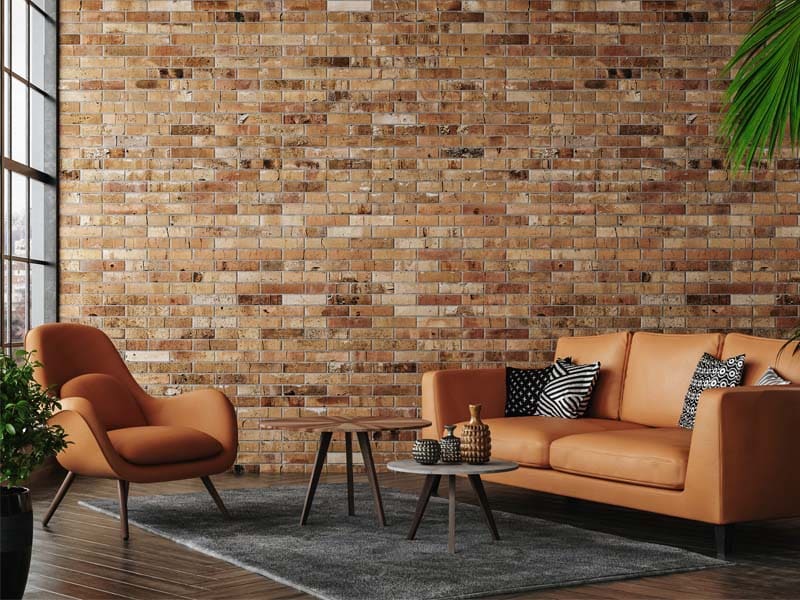
The metal is often left in its natural state or may have a distressed finish to enhance the industrial look. Furniture pieces that combine metal frames or accents with wooden surfaces create a harmonious blend of industrial and rustic elements.
Reclaimed or weathered wood can be used to add warmth and texture. Furniture made from reclaimed wood fits perfectly with the industrial theme. The aged appearance of reclaimed wood adds character to the space. Concrete tables, countertops, and benches can be used to enhance the industrial feel of a space.
The raw, unfinished look of concrete adds an urban edge to the design. Simple, minimalist seating options like metal stools or leather couches with clean lines fit well in industrial interiors. Leather upholstery can add warmth and a touch of luxury to the space. Leather sofas and chairs, especially those with distressed finishes, can add a touch of luxury to the industrial space, balancing the rawness of other materials. Remember that while these types of furniture are commonly used in industrial interior design, there’s still room for personalization and creativity.
Mixing different materials and styles can help you create a unique and cohesive industrial-inspired space in your home that reflects your preferences.
Have Exposed Lighting
Industrial interior design often utilizes different types of lights to create a functional and visually appealing atmosphere that complements the rugged and raw aesthetics of industrial spaces.
Here are some common types of lights used in industrial interior design. Exposed bulbs are a hallmark of industrial design. Exposed filament bulbs or pendant lights with metal or wire cages can provide a raw look, showcasing the inner workings of the lighting fixture.
Light fixtures made from metal, such as steel, iron, or aluminum, are common in industrial design. These materials complement the industrial aesthetic and can range from minimalist to intricate designs. Wall-mounted sconces can add a touch of style to industrial spaces. Vintage-style Edison bulbs with visible filaments are a popular choice in industrial design.
They emit warm, ambient lighting that complements the rustic feel. Incorporating these types of lights is a great industrial interior design idea for homes but it’s important to consider the overall layout, purpose of the space, and the desired ambiance. A mix of these lighting options can help create a balanced and visually appealing industrial environment.
Open Spaces
Open floor plans are a great industrial interior design idea. Your interior space should have a high ceiling. High ceilings can accommodate larger windows, which bring in ample natural light. Industrial design favors minimal use of walls and partitions.
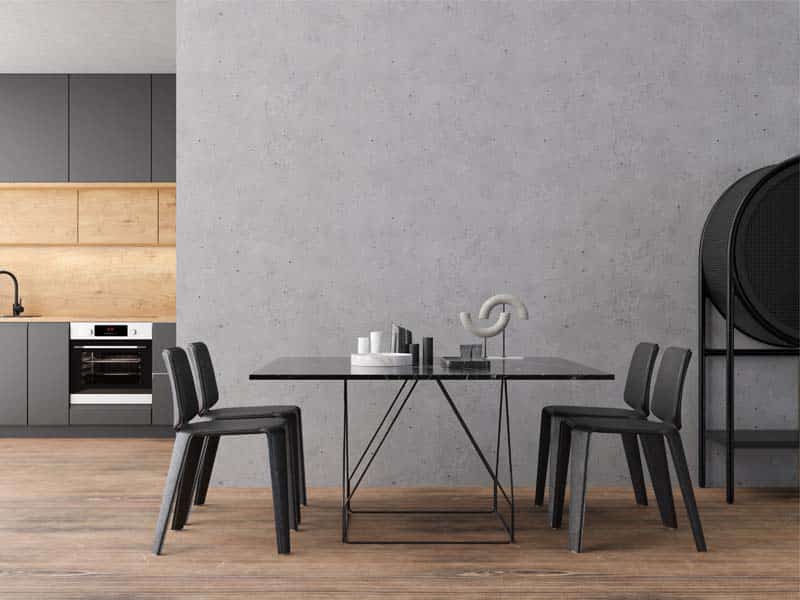
Open spaces promote a fluid layout, allowing for flexible usage and reconfiguration of the area. This layout enhances a sense of unity within the space and provides a canvas for various design elements. Open spaces are conducive to creating distinct zones within a larger area. In industrial design for your home, you might have a living area, a dining area, and a kitchen all flowing seamlessly together.
The absence of walls allows for efficient use of space and promotes interaction. Open spaces facilitate the flow of natural light and ventilation. Large windows and open floor plans ensure that light can reach even the farthest corners of the space. With open spaces, you can better showcase the use of raw and industrial materials like concrete, metal, brick, and wood. Open spaces give you the freedom to use larger and bulkier industrial-style furniture.
Pieces like oversized leather sofas, metal coffee tables, and vintage industrial lighting fixtures can all find their place in such environments. Open spaces allow for adaptability. As needs change over time, the layout and function of the space can be easily modified without major structural changes. Remember that while open spaces are an important feature of industrial design, balance is key.
Some strategic zoning, a mix of textures and materials, and careful consideration of layout can help create a harmonious and functional industrial interior that embraces both openness and coziness.
In conclusion, this remarkable design style has evolved from its humble beginnings in repurposed factories and warehouses to become a symbol of urban sophistication and innovation. In an era where sleek surfaces and polished finishes often dominate design trends, the rugged charm of industrial design offers a reminder that imperfections can be just as captivating.
Moreover, the practicality of industrial design cannot be understated. Its emphasis on open layouts and functional furnishings reflects a commitment to efficiency and utility, creating spaces that are not only visually compelling but also incredibly livable. The versatility of industrial design also lends itself to customization, enabling individuals to infuse their unique personalities and preferences into the spaces they inhabit.
Written by : Gashia Imtiaz